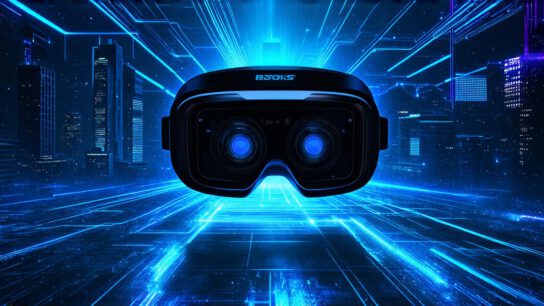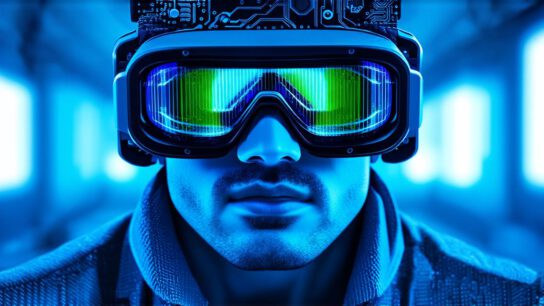Virtual reality (VR) technology has come a long way since its inception. With advances in hardware and software, VR has the potential to transform various industries, including education, entertainment, and even healthcare.
Virtual Reality in Education
One of the most promising areas for virtual reality is education. Virtual reality has the ability to provide immersive learning experiences that can help students engage more deeply with educational content. With VR, students can take virtual field trips to different parts of the world, explore ancient ruins sites, and even experience space travel without leaving their classrooms.
Virtual reality can also be used for language learning. Students can practice speaking in virtual environments that simulate real-life situations, such as ordering food at a restaurant or negotiating a business deal. This can help students develop their communication skills in a safe and controlled environment. Additionally, VR can provide students with the opportunity to learn about historical events by immersing them in the scene.
Virtual Reality in Entertainment
Virtual reality is also poised to revolutionize the entertainment industry. With VR, users can experience movies and games in a whole new way, immersing themselves in the story or game world. This can lead to a more engaging and interactive form of entertainment, which could be especially popular among younger generations.
Virtual reality can also be used for live events such as concerts and sporting events. Users can attend these events from the comfort of their own homes, eliminating the need for long trips or expensive tickets. This can make live events more accessible to a wider audience, which could have a significant impact on the entertainment industry.
Virtual Reality in Healthcare
Virtual reality has also found applications in healthcare. It can be used for training medical professionals, such as doctors and nurses, by providing them with realistic simulations of surgical procedures or patient care scenarios. This can help reduce the risk of errors and improve patient outcomes.
In addition, virtual reality can be used for pain management. Patients can use VR to distract themselves from pain and discomfort during medical procedures, reducing the need for pain medication and improving their overall experience.
Limitations of Virtual Reality
Despite its many potential applications, virtual reality is not without its limitations. One limitation is that virtual objects and environments are not real, which can limit their usefulness in certain situations. For example, a surgeon cannot practice on a virtual patient because the patient is not real, which means that they will still need to perform surgery on real patients.
Another limitation of virtual reality is the fact that it can be isolating. Users spend long periods of time in a virtual world, which can lead to feelings of loneliness and disconnection from the real world. This makes virtual reality unlikely to be a viable replacement for physical reality in social situations.
Future of Virtual Reality
It is difficult to say exactly what the future holds for virtual reality technology. However, one thing is clear: virtual reality is not going away anytime soon. As the technology continues to improve and new applications are developed, we can expect to see virtual reality become an even more integral part of our lives.
Virtual reality has the potential to transform industries such as healthcare, education, and entertainment. It can help medical professionals train for complex procedures, students engage with educational content in a whole new way, and provide users with immersive and interactive experiences that were previously impossible.
Summary
Virtual reality is a powerful tool with many potential applications and limitations. While it may never fully replace physical reality, it is becoming an increasingly important part of our lives. As virtual reality technology continues to advance, we can expect to see even more innovative uses for this powerful tool. Whether or not virtual reality will completely replace physical reality remains to be seen, but one thing is clear: this technology has a bright future ahead.



